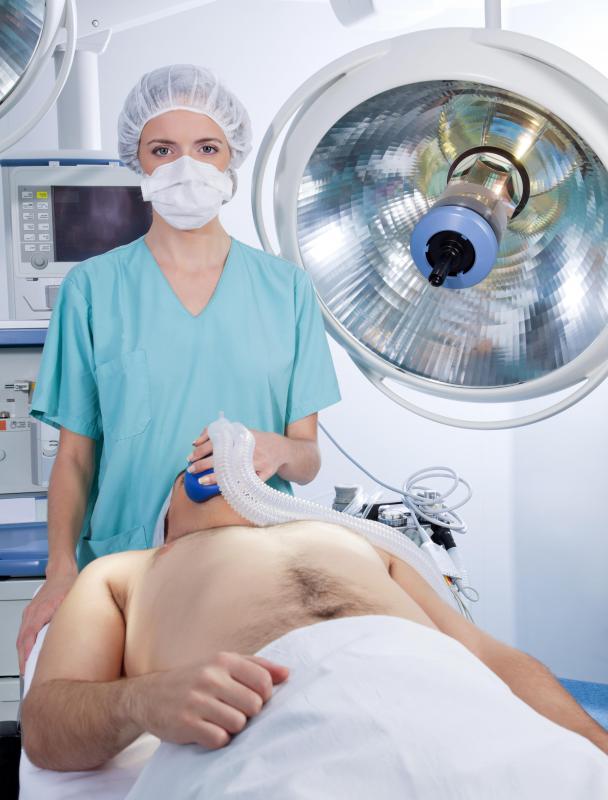At WiseGEEK, we're committed to delivering accurate, trustworthy information. Our expert-authored content is rigorously fact-checked and sourced from credible authorities. Discover how we uphold the highest standards in providing you with reliable knowledge.
What is a Parotidectomy?
The parotid glands are large salivary glands that are located just beneath and slightly in front of the ear, with one gland located on each side of the neck. When one of these glands becomes chronically infected or obstructed, a common treatment is to remove the problem gland in a procedure called a parotidectomy. Most patients who undergo this procedure can go home after one to two days, but full recovery can take up to four months.
In addition to chronic obstruction or infection, the growth of a tumor in the parotid gland is another reason why a parotidectomy might be performed. In addition to the problems caused by the diseases themselves, any of these three conditions can lead to nerve involvement. This is because a facial nerve lies between the two lobes of the parotid gland. The presence of this nerve also increases the difficulty of parotid gland removal.

The parotid gland has two lobes. When the entire gland must be removed the procedure is a total parotidectomy, and if just one lobe is removed, the procedure is said to be partial. Often a surgeon does not make a decision on whether to remove part or all of the gland until he or she has examined the gland during surgery. This occurs most often when the procedure is performed as a treatment for a malignant tumor.

The parotidectomy procedure typically is carried out under general anesthesia. During the procedure, an incision is made in front of the ear, extending to beneath the ear lobe and down the side of the neck. Next, the surgeon removes the front lobe of the parotid gland. The second lobe of the gland is deeper within the side of the face, behind the facial nerve. At this stage, the surgeon might examine the second lobe to determine whether it must be removed. If the gland requires removal, the surgeon must identify the facial nerves and carefully remove the deeper lobe of the gland while leaving the nerves intact. After all of the diseased portions of the gland are removed, the incision is closed to complete the procedure.
Discomfort and pain, bruising around the wound and swelling of the skin around the wound are common after parotidectomy. Some people will experience slight muscle weakness of the mouth or eye on the side of the face where the procedure was performed. This is from bruising of the nerve fibers, but it rarely is an indication of serious nerve damage.
Sometimes, a surgeon must remove part of the facial nerve during the procedure. When this occurs, it is because a parotid gland tumor has invaded the nerve. If a portion of the nerve is removed, facial muscles on that side of the face might have a decrease in their ability to move or feel sensations. These can be long-term or permanent side effects, depending on the extent of the nerve removal.
AS FEATURED ON:
AS FEATURED ON:












Discuss this Article
Post your comments